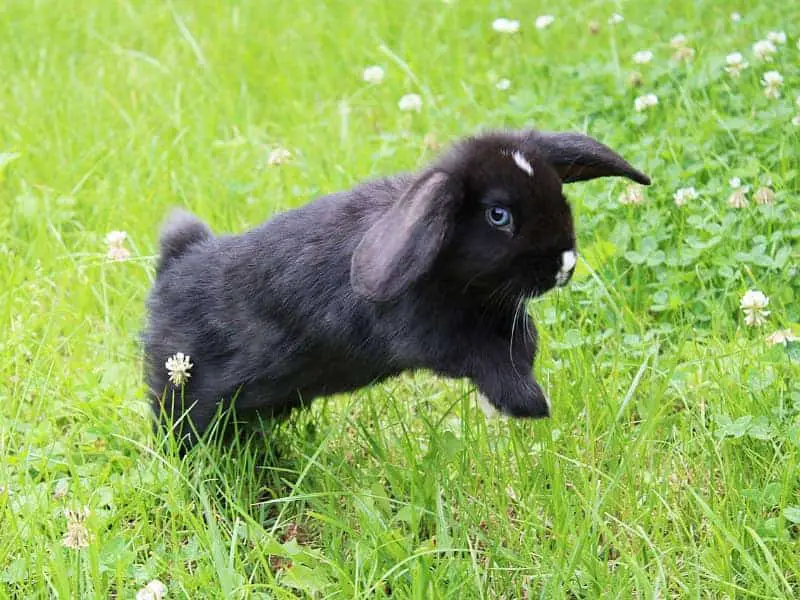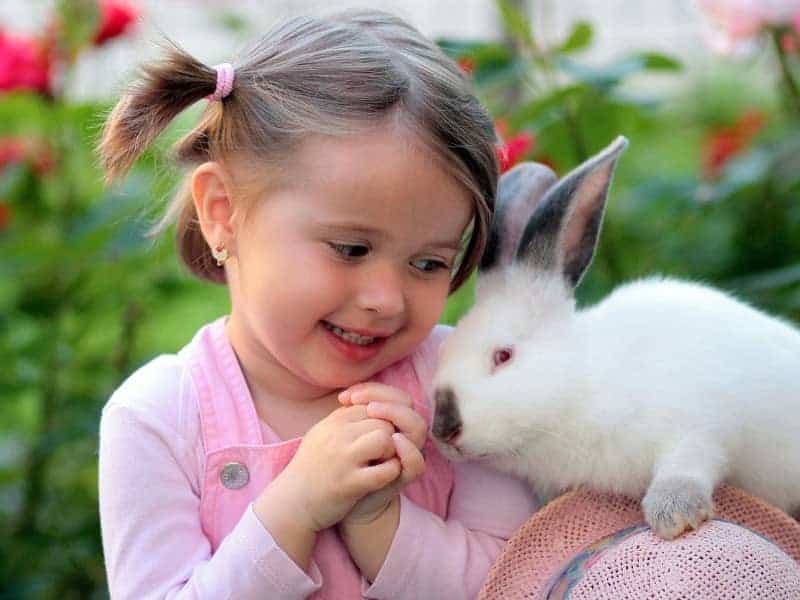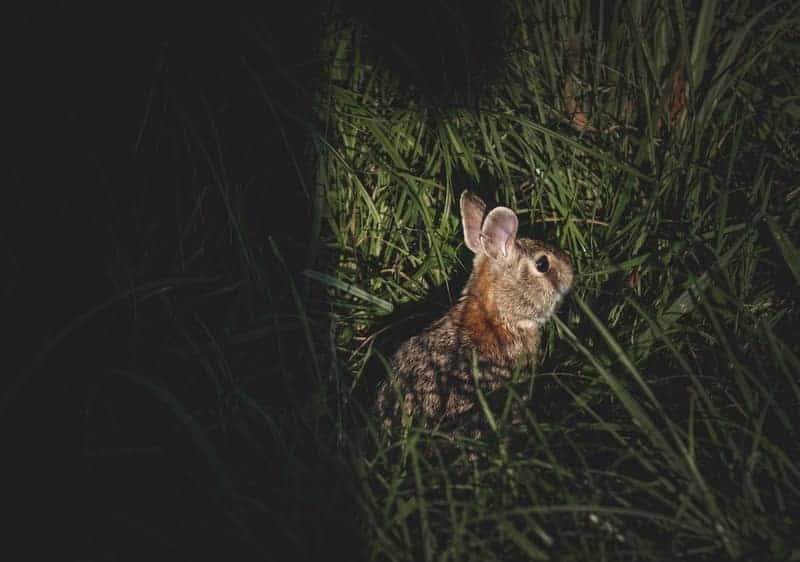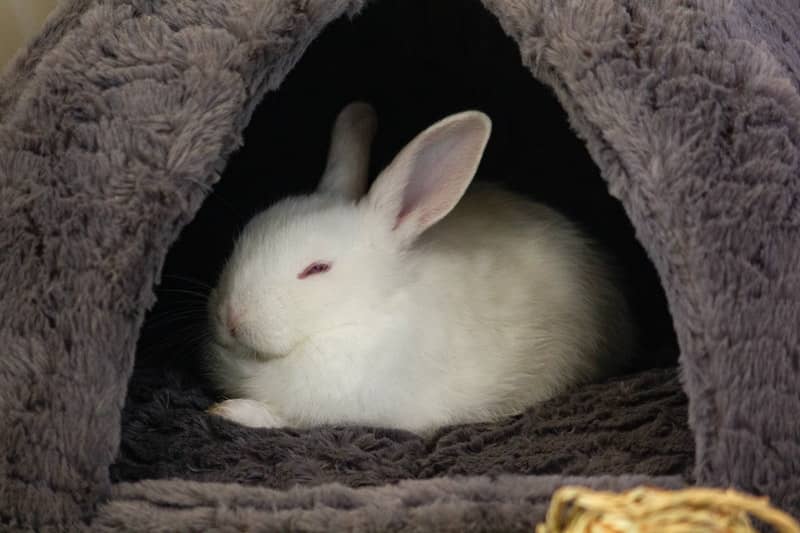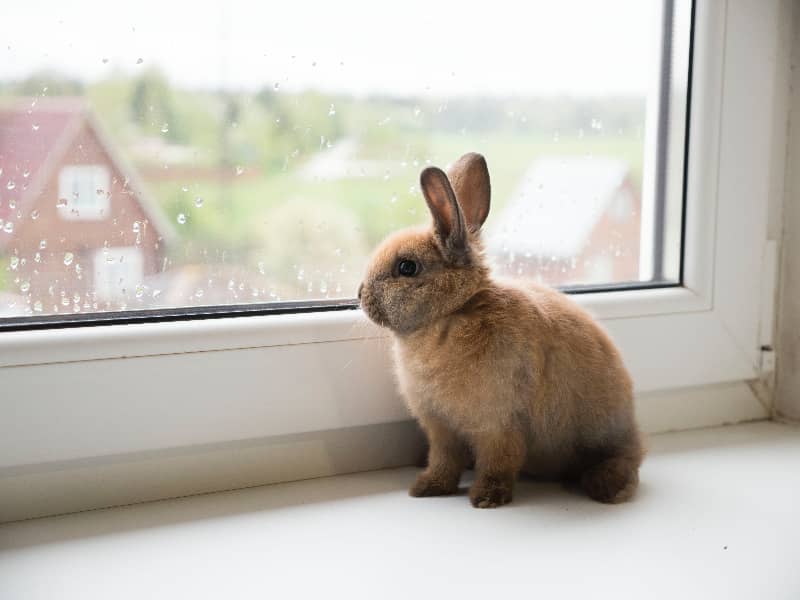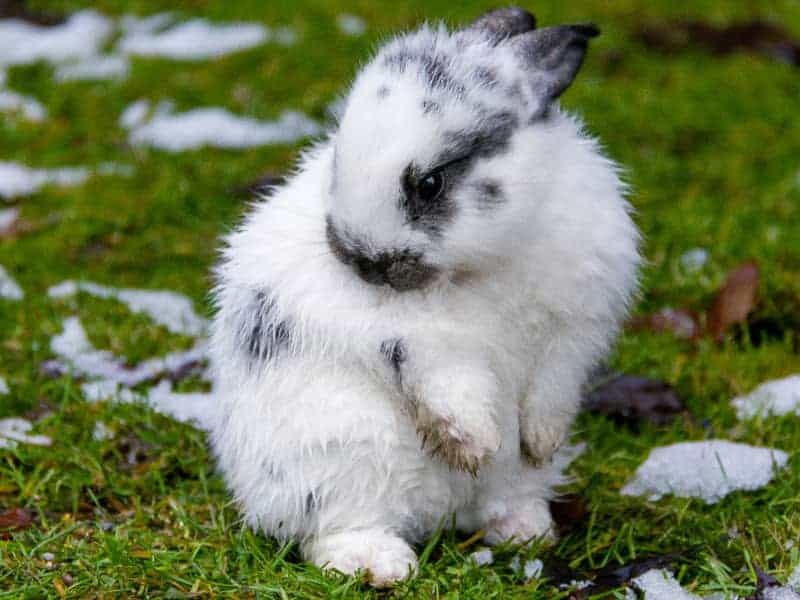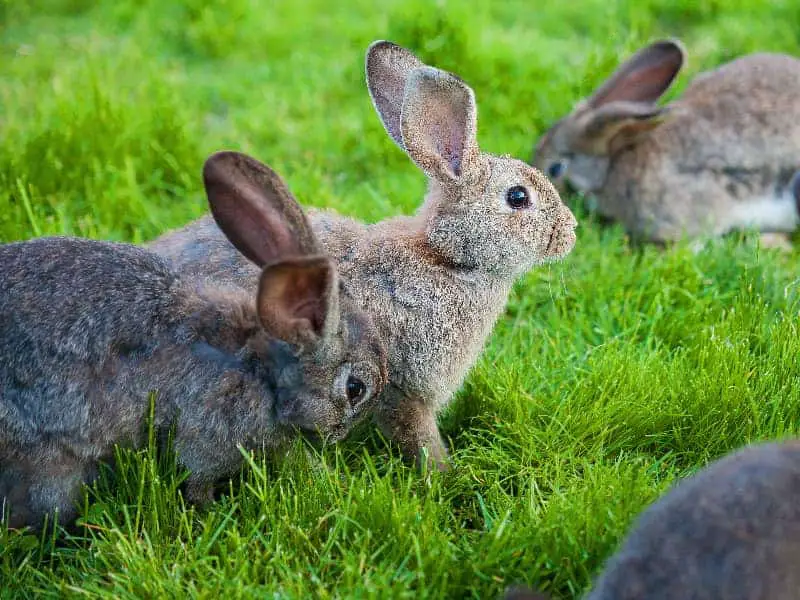
Are rabbits allowed to eat maple?
Keeping rabbits as pets always brings up questions. One of these questions concerns the safe and healthy diet of the little hoppers. After all, we want our fluffy friends to live a long and healthy life. In this context, the question often comes up: Are rabbits allowed to eat maple?
To clarify this, in this article we will take a closer look at each plant part of the maple. Dive with us into the fascinating world of rabbit nutrition.
Are rabbits allowed to eat maple leaves?
When maple leaves change colors in autumn, they are truly a feast for the eyes. But what about their suitability as food for rabbits? In principle, maple leaves are not poisonous for rabbits. However, it is important to pay attention to the variety of maple tree.
There are specific maple species whose leaves may contain harmful substances for rabbits. Therefore, it is recommended to make sure which species the maple tree belongs to before using the leaves as food.
Are rabbits allowed to eat maple bark?
Rabbits love to nibble on bark. It serves not only as food, but also to wear teeth. But what about the bark of the maple tree? In general, maple bark is safe for rabbits. However, as with the leaves, there are certain maple species that can be problematic for rabbits. Therefore, it is also important here to check exactly which maple species is involved.
Are rabbits allowed to eat maple seeds?
Anyone who has ever observed a maple tree is familiar with the small, wing-like seeds that fall to the ground in the fall. But are they also suitable for rabbits? Basically, maple seeds are not toxic to rabbits. However, they should only be fed in moderation. Too many seeds could cause digestive problems. However, a few seeds as an occasional snack are not a problem.
Are dwarf rabbits allowed to eat maple?
Dwarf rabbits are a particularly popular choice for pet lovers who don't have a lot of space or simply prefer the small, compact versions of the fluffy animals. However, even though they are smaller, they have the same needs as their larger relatives. Their digestive system is just as sensitive and requires proper nutrition.
Maple as a food source also applies to dwarf rabbits, although it should be noted that quantity limits should be followed more strictly due to their smaller size. A piece of maple leaf or a few seeds are quite enough to arouse their interest and make them happy.
Frequently asked questions:
Can my rabbit get sick from too much maple?
Yes, as with any other food, maple should only be fed in moderation and not in bulk. Too much can cause digestive problems, especially if they are seeds.
How can I tell which maple species I have?
There are several species of maple trees. An exact determination can be made by observing the leaf shape, seeds and bark. In case of uncertainty, it is advisable to ask a tree specialist or gardener for advice.
Are there other trees or plants I can give my rabbits?
Yes, there are many trees and plants that are suitable for rabbits. These include, for example, birch, willow or hazelnut bushes. However, it is always important to make sure that the plants have not been treated with pesticides or other chemicals.
Are rabbits allowed to eat from the maple trunk?
Often overlooked, but no less important, is the main trunk of the maple tree. Rabbits are known for their nibbling and their preference for gnawing on a wide variety of materials to wear down their teeth. The maple trunk in itself does not contain any toxic substances that could be harmful to rabbits.
However, it is unlikely that a rabbit will actually be able to consume larger portions of the massive log. However, small pieces of the outer layer could be an interesting nibble. It is always important to monitor how much and which parts of the maple your rabbit ingests.
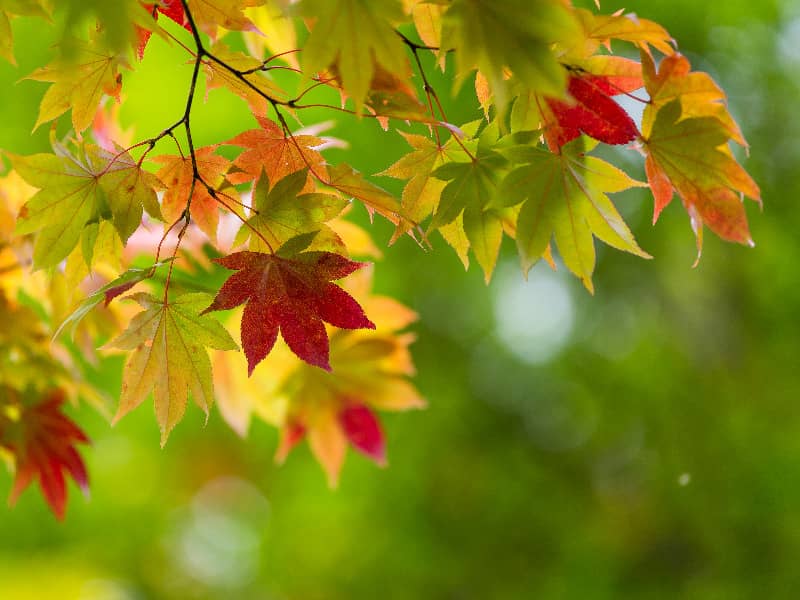
Are rabbits allowed to eat maple roots?
Although it is less common for rabbits to nibble on roots, it could still happen, especially if they are loose in the garden. Maple roots are not harmful to rabbits, but as with all plant parts, offer in moderation. It should also be noted that digging and nibbling on roots could reshape the garden, which is not to everyone's taste.
The importance of proper nutrition for rabbits
Rabbits are herbivorous animals, which means they feed on plants. A balanced diet is essential for their health and well-being. While hay should be the main diet for rabbits as it provides the necessary fiber for healthy digestion, fresh herbs, vegetables and occasional nibbles such as maple are a welcome change in the diet.
What should I do if my rabbit shows symptoms after eating maple?
If your rabbit shows signs of discomfort after eating maple (or any other plant), such as apathy, indigestion, or other noticeable behavioral changes, you should see a veterinarian immediately. It is always better to be safe than sorry and seek professional help.
How can I make sure the plants in my garden are rabbit proof?
Thorough research on the plants in your yard and regular checking for new plant growth can help identify potentially harmful plants. There are also many online resources and books that provide lists of rabbit-safe and -toxic plants.
Location and environmental factors of maple
Any tree, including maple, can be affected by its location and environment. Trees growing near busy roads or in industrial areas can pick up pollutants from the air. These can accumulate in the leaves and other parts of the tree. Although the maple itself may be safe for rabbits, such environmental factors could increase the risk of toxins in the plant parts.
How can I make sure my maple tree is free of environmental toxins?
If possible, trees should be selected as a food source for rabbits that grow far away from busy roads and industrial areas. Regular cleaning of the plant parts before feeding can also help to remove pollutants.
Seasonal differences in maple
During different seasons, nutrients and water content in maple leaves may vary. For example, in spring young shoots and leaves may have a higher water content, while in autumn the leaves are drier.
Does the time of year matter when feeding maple to rabbits?
Yes, there can be differences in the nutrient content and texture of maple leaves depending on the season. However, it is generally safe to feed maple during different seasons as long as you watch the amount and make sure the tree is toxin free.
Other sources of food for rabbits
While maple is a possible food source for rabbits, there are many other trees and plants that are also safe. Trees that are safe for rabbits include birch, hazelnut and willow. Likewise, rabbits also love many types of herbs and vegetables.
What other trees or plants are safe for rabbits?
There are many trees and plants that are safe for rabbits. Some examples are birch, hazelnut, willow, parsley, basil and carrots. As always, it is important to make sure that the plants have not been treated with pesticides and have been grown in a safe environment.
Conclusion: Are rabbits allowed to eat maple?
Understanding a rabbit's diet and ensuring it receives a balanced and safe diet is critical to the animal's well-being and health. Maple, a common tree species, offers a potential food source for rabbits in many of its forms. However, it is important to distinguish between the different species of maple and their specific plant parts.
While many parts of the maple tree are safe for rabbits, it is critical to ensure that animals do not have access to potentially toxic maple species. Furthermore, always make sure that the tree is not contaminated by environmental toxins or human intervention such as pesticides.
However, maple alone should not be the main source of rabbit nutrition. A balanced diet consisting mainly of hay, supplemented with fresh herbs, vegetables and occasional safe tree and plant parts, is the key to a healthy rabbit life.
Author

-
Garden animal - A life with nature
Welcome to my animal blog! My name is Dirk and I am happy to take you on my journey through the fascinating world of animals and gardening.
Born 54 years ago, I have had an insatiable curiosity for the animal world around me since childhood. Although I have moved professionally in other industries, my true passion has always been animals and nature. It is remarkable how a small garden has become such an important part of my life.
Many of my fondest memories are associated with the animals that share our home. Whether it's the curious squirrels that scurry across the trees in the morning, the colorful variety of birds that visit our feeders, or the busy bees and butterflies that pollinate our flowers, every moment with them is invaluable to me.
This blog is my contribution to share my experiences, discoveries and insights with like-minded people. Here I will share stories of unforgettable encounters with animals, give tips on gardening and creating wildlife-friendly habitats, and take you on my journeys through nature.
Thank you so much for being here!
Cordial,
Dirk aka garden animal
Last posts
- 27. February 2024PetsVeganes Hundefutter – Grün und Gesund?
- 18. January 2024ChickensOregano für Hühner
- November 27, 2023HamsterDiurnal hamsters
- November 24, 2023HamsterHamster hammock

